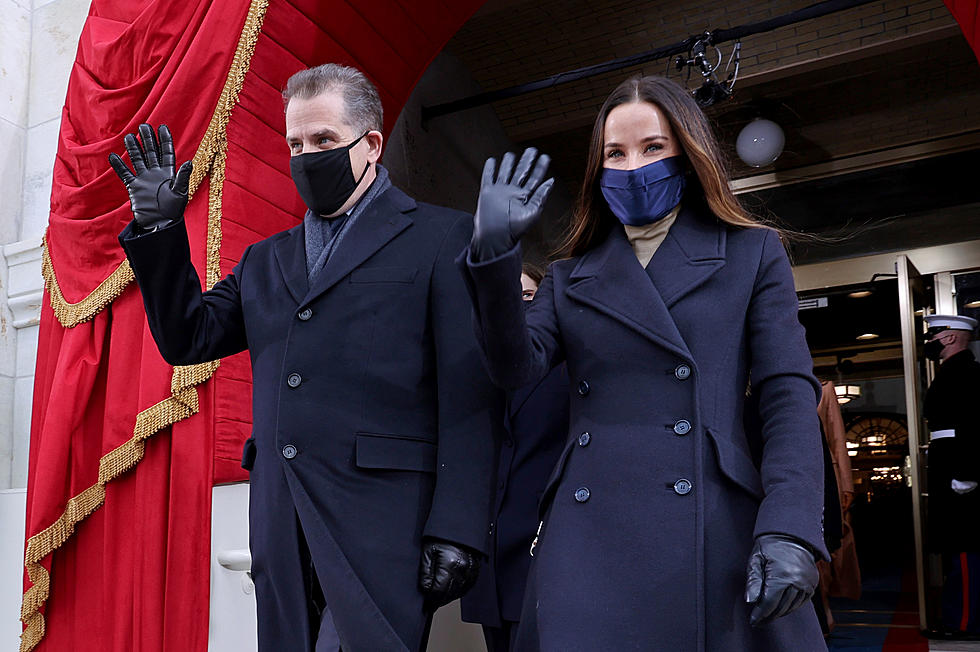Researchers Track Gulf Spill Effect In Minn. Birds
APPLETON, Minn. (AP) — Pollutants from the British Petroleum oil spill in the Gulf of Mexico two years ago are showing up in Minnesota birds that migrate to the gulf.
Researchers for the state Department of Natural Resources have found evidence of petroleum compounds and the chemical used to clean up the oil in the eggs of pelicans nesting in Minnesota, Minnesota Public Radio reports (http://bit.ly/Kz5PNI).
Scientists are looking for pollutants on a western Minnesota lake that is home to the largest colony of American White Pelicans in North America. About 34,000 adult pelicans will raise some 17,000 chicks this year on islands in Marsh Lake.
The area is a perfect place to look for oil spill effects. Most of the birds spend winters in the Gulf of Mexico, from Cuba to Texas. Young pelicans spend a full year on the gulf before they start breeding.
Pollutants inside the eggs could be a big problem, said Mark Clark, an ecologist at North Dakota State University who studies pelican eggs. Clark is helping DNR researchers look for oil-related contaminants.
"Even if they're present in small amounts they may have a large impact on the development (of pelican chicks)," he said.
As Clark and researcher Jeff Dimatteo stepped from a boat onto the largest island, thousands of gulls that also nest there protested the intrusion.
The scientists stepped cautiously among the pelican, gull and cormorant nests that cover the ground.
"The first question is, 'well, are the contaminants there?' and the next step is 'what do they do?' " Clark said.
Scientists are most concerned about polycyclic aromatic hydrocarbons known to cause cancer and birth defects in animals. The other contaminant they're testing for is Corexit, a dispersant used to break up oil slicks on the water that according to the federal Environmental Protection Agency contains cancer-causing chemicals and endocrine-disrupting compounds. Endocrine disruptors can disrupt the hormone balance and affect embryo development.
Clark has collected dozens of unhatched eggs to be tested for petroleum compounds and the chemical dispersant used to break up oil slicks.
Pelicans are big birds — a bit larger than a Canada goose. They grudgingly fly off their nests at the researchers' approach, exposing eggs or recently hatched naked chicks.
The parents watch carefully from a distance as Dimatteo, a graduate student at North Dakota State University, locates chicks he had tagged earlier that he is tracking. After he measures and weighs them, the scientists quickly gather their data and leave. The birds grunt and grumble as they settle back on the nests.
If pelicans are bothered too much, they've been known to abandon colonies.
Clark said very little research has been done on how petroleum affects developing bird embryos. Scientists don't yet know how the effects might show up in newly hatched birds.
But he said tiny amounts of specialized hormones guide the chick's development in the egg, so there's a good chance adding pollutants to the eggs will increase the risk of damage to the embryos.
"Any contaminant that makes its way into the bird could be bad, but it could be especially bad if it gets into the egg because that's where the developing embryo and chick starts," Clark said. "And when things go wrong at that stage there's usually no recovery."
Researchers are a long way from understanding the potential effect of the oil spill pollutants as they have received only the first preliminary results of lab tests.
Petroleum compounds were present in 90 percent of the first batch of eggs tested. Nearly 80 percent of the eggs contained the chemical dispersant used in the gulf.
"This high percentage really surprised me," said Carroll Henderson, the DNR's non-game Wildlife Program supervisor.
Henderson cautions that the results are still too preliminary to draw any conclusions as there are no tests of eggs before the spill to compare them to. But he said the results raise a lot of questions.
"I think it gives us a real heads-up here that we may have created a very vital study," he said. "I'm not aware of any other northern states that are looking at the impact of the gulf oil spill on migratory birds."
Henderson said results are back on 30 of 220 eggs submitted to a lab in Connecticut. The DNR has no results yet on loon eggs or tissue samples from adult loons sent to the lab. Those lab tests will be completed over the next several months, and more samples will be submitted to the lab this summer.
The project is funded through 2014 by a $250,000 grant from the state Environment and Natural Resources Trust Fund, generated by the state lottery.
DNR officials are asking Minnesotans to notify them of any dead loons so researchers can test the remains.
Researchers will return to the pelican colony, monitoring the success of each year's hatch. They know very little about how petroleum might affect the young birds and it will likely take at least five years to find answers. But so far, there is only enough state money for three years of research.
___
Information from: Minnesota Public Radio News, http://www.mpr.org
More From News Talk 96.5 KPEL









